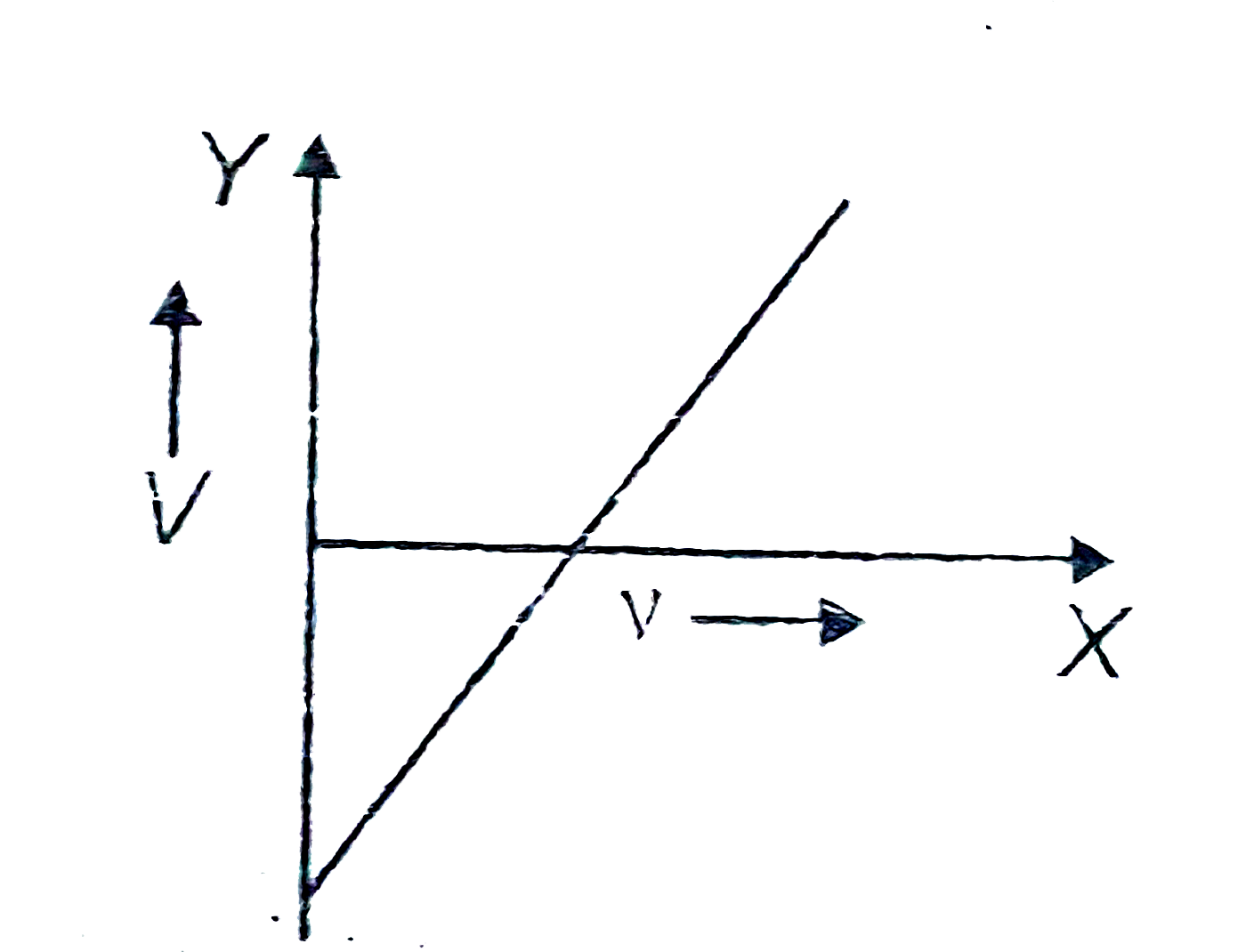Complete Solutions to Olympiad and NTSE Level Exercises of chapter NATURE OF LIGHT AND PHOTOELECTRIC EFFECT of Class 10 book with complete answers and questions
| Class 10 | PHYSICS |
| Chapter | NATURE OF LIGHT AND PHOTOELECTRIC EFFECT |
| CENGAGE PHYSICS | Olympiad and NTSE Level Exercises |
| Number Of Questions | 9 |
| Academic Year | 2023-24 |
The de - Broglie wavelength of a particle moving with a velocity `2.25 xx 10^(8) m//s` is equal to the wavelength of photon. The ratio of kinetic energy of the particle to the energy of the photon is (velocity of light is `3 xx 10^(8) m//s`
View SolutionA caesium photocell , with a steady potential difference of `60 V` across , is alluminated by a bright point source of light `50 cm` away. When the same light is placed `1 m` away the photoelectrons emitted from the cell
View SolutionThe stopping potential V for photo-electric emission from a metal surface is plotted along Y-axis and frequency v of incident light along X-axis. A straight line is obtained as shown . Planck's constant is given by

View SolutionLight of wavelength `4000 Å` falls on a photosensitive metal and a negative `2 V` potential stops the emitted electrons. The work function of the material ( in eV) is approximately `( h = 6.6 xx 10^(-34) Js , e = 1.6 xx 10^(-19) C , c = 3 xx 10^(8) ms^(-1))`
View SolutionMercury violet `(lambda = 4558 Å)` is falling on a photosensitive material `(phi = 2.5 eV)`. The speed of the ejected electrons is in `ms^(-1)` , about
View SolutionThe fig. shows the variation of photon current with anode potential for a photo-sensitive surface for three different radiation. Let `I_(a), I_(b) and I_(c)` be the intensities and `f_(a), f_(b) and f_(c)` be the frequency for the curves a,b and c respectively.

View SolutionAssertion : If different gases are filled turn by turn at the same pressure in the discharge tube the discharge in them takes place at the same potential.
Reason : The discharge depends only on the pressure of discharge tube and not on the ionisation potential of gas.
View SolutionA physicist wishes to eject electrons by shining light on a metal surface. The light source emits light of wavelength of 450 nm. The table lists the only available metals and their work functions.
`{:("Metal",W_(0)(eV)),("Barium",2.5),("Lithium",2.3),("Tantalum",4.2),("Tungsten",4.5):}`
Which metal(s) can be used to produce electrons by the photoelectric effect from given source of light?
View SolutionA physicist wishes to eject electrons by shining light on a metal surfac. The light source emits light of wavelenght of 450 nm. The table lists the only available metals and their work functions.
`{:("Metal",W_(0)(eV)),("Barium",2.5),("Lithium",2.3),("Tantalum",4.2),("Tungsten",4.5):}`
Suppose photoelectric experiment is done separately with these metals with light of wavelenght 450 nm. The maximum magnitude of stopping potential amongst all the metals. is-
View Solution
Olympiad and NTSE Level Exercises questions and complete solutions for chapter NATURE OF LIGHT AND PHOTOELECTRIC EFFECT of CENGAGE PHYSICS of Class 10